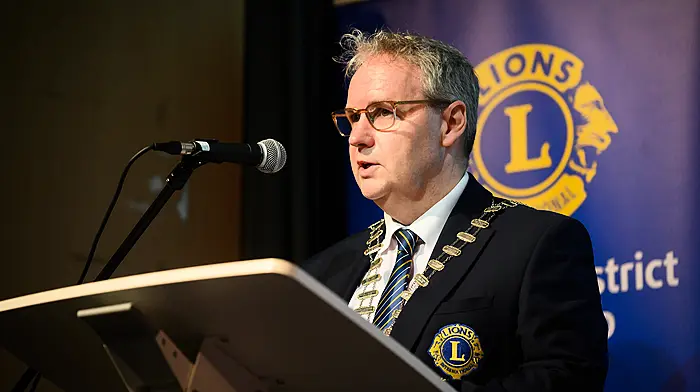WHEN considering what article to write for today’s publication, I could not get away from the topic of inflation. While conscious that inflation and the associated cost of living crisis are ever present on our news channels and in our newspapers, it persists as the main topic of conversation and cause for concern during our client meetings this year.
Inflation in Ireland is currently running at its highest level in almost 40 years at just over 9%, and many commentators now believe that inflation will be more persistent than was originally thought. It is indeed hard to picture a scenario where the rate of inflation falls back to the desired level of 2% per year in the short term.
For the individual, inflation can be looked at as an attack on the spending power of their money. High rates of inflation reduce the amount of goods and services that your money can buy over time. So, what should people do to protect the spending power of their savings in a time of high inflation and 0% interest rates on the majority of retail deposit accounts?
I encourage people to separate the way they look at their money in to three distinct pots:
Pot 1 – Your emergency fund and short-term money
An emergency fund for an employee with stable employment and earnings should be at least three months’ take home pay. An emergency fund for a self-employed person or someone with less stable employment and earnings should be at least six months’ take home pay. I would define short-term money as money that you know will be spent within the next 4 years, e.g, money for home improvements. You need certainty over the value of that money so a cash account, separate to your current account is the only place that these funds should be held.
Pot 2 – Month to month savings that will not be spent within the next 5 years
This could be money that you are regularly saving each month for a specific life event such as a house deposit, a wedding or even an education pot for your children. This money should be put to work to protect the spending power of that money, as holding cash over the long term will slowly destroy the value of that money.
To protect spending power, this money should be invested in a savings account that takes an allocation to growth-based assets, including but not limited to equities, bonds, alternatives and cash. The level of investment risk taken here will be proportionate to an individuals own attitude to investing. The main things that savers need here are diversification, time and access. Diversification means not putting all your eggs in one basket, and time allows you to see out periods of high volatility. Access means savers take part or all of their money out when needed without penalty.
Pot 3 – Savings that will not be needed for 10 years plus
This is savings that have been accumulated that will not be used for any specific purpose for 10 years plus. The spending power of this money absolutely needs to be protected, holding cash for over 10 years will greatly reduce spending power.
The approach here can be best described as invest and forget. Put it away when you have it, take it out when you need it, putting as long as possible between one and the other will see you in the best position possible. Proper diversification and having time on your side are very important here, the longer time horizon also allows you take a little more investment risk than may otherwise be the case.
Savers can benefit greatly by speaking to a good financial planner about the options that are available to savers in Ireland.
• Adrian White is a financial planner with FDC Group within the West Cork region. FDC Financial Services Ltd is regulated by the Central Bank of Ireland.










